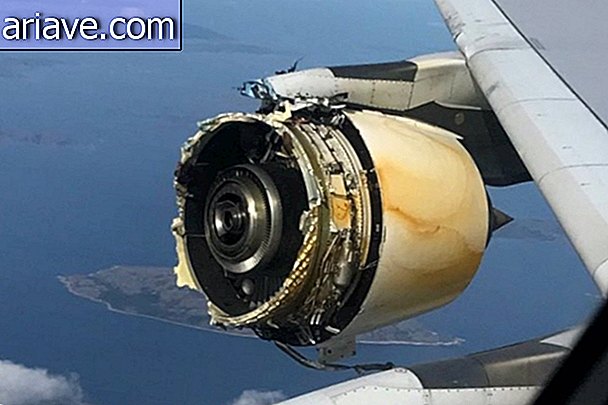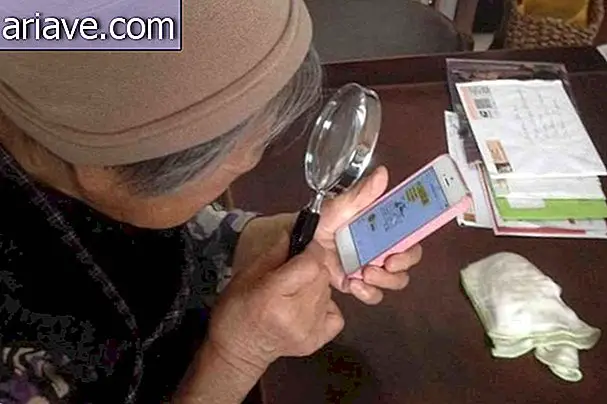Decreased solar activity puts scientists around the world on alert
If you were concerned about the low temperatures and the polar vortex, know that we have a new weather phenomenon on the way. Scientists are alert to the possibility of a new "Little Ice Age" after they have noticed a decrease in solar activity in recent years.
To understand what happens in space, it is important to remember that the sun goes through cycles of approximately 11 years marked by changes in the sunspots on its surface. During the solar maximum - which is the peak of star activity - it is noted that the sun tends to have many sunspots, release giant flares and constantly eject coronal mass. Since the current solar cycle began in 2008, experts have noted that the number of sunspots is less than half of the estimated amount.
“I've never seen anything like it. If we want to go back to see when the sun was so inactive about the minimum we just had and the peak we have now, we need to go back 100 years, ”says Richard Harrison, director of space physics at the Rutherford Appleton Laboratory in England.

Despite this lull, it does not necessarily mean that the sun is asleep. But a sun with reduced activity can cause problems. Some scientists suggest that this period of low solar activity may be a reflection of what happened between the years 1645 and 1715.
The period was named Maunder Minimum in honor of researchers Annie and E. Walter Maunder, who studied sunspots and helped identify the phenomenon in the 17th century. At that time, only 30 sunspots were identified - representing 0.001% of the time. which was estimated for the period - and this coincided with the 'Little Ice Age' in Europe, which even froze important rivers in the region.

Mike Lockwood, professor of space physics at the University of Reading in England, estimates that we have a 20% chance of reviving the conditions of the Maunder Minimum within 40 years. Although science has not proven that decreased solar activity was the main cause of the “Little Ice Age” - as other factors may have contributed to the phenomenon - they believe that fewer sunspots could mean less energy will reach the earth.
“A new Maunder Low will not necessarily affect Earth just as it did during the 17th century. Volcanic eruptions (which cause a temporary cooling) also contributed to the fall in temperatures recorded during the 17th century. In addition, we are talking about a Much warmer earth, ”concludes Giuliana de Toma of the National Center for Atmospheric Research's High Altitude Observatory.











